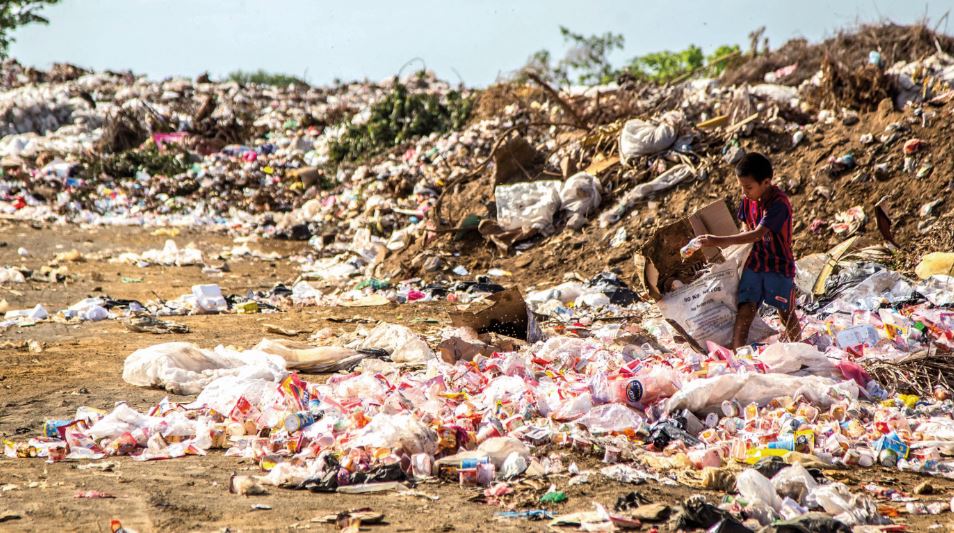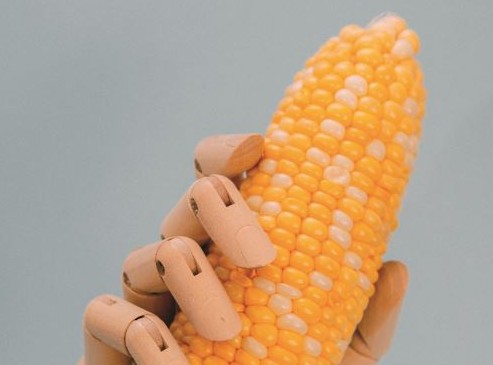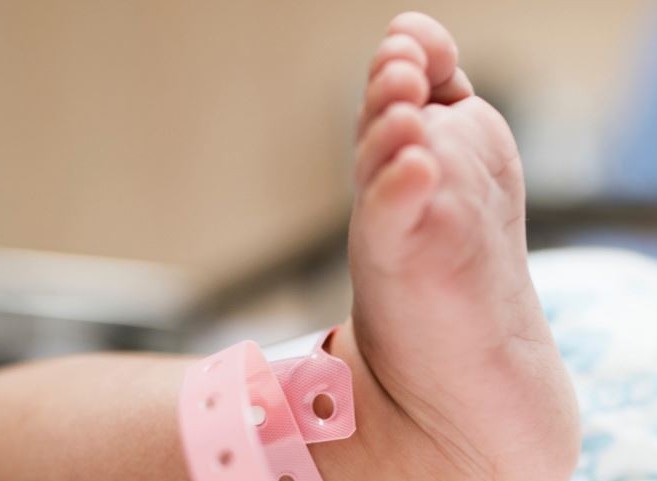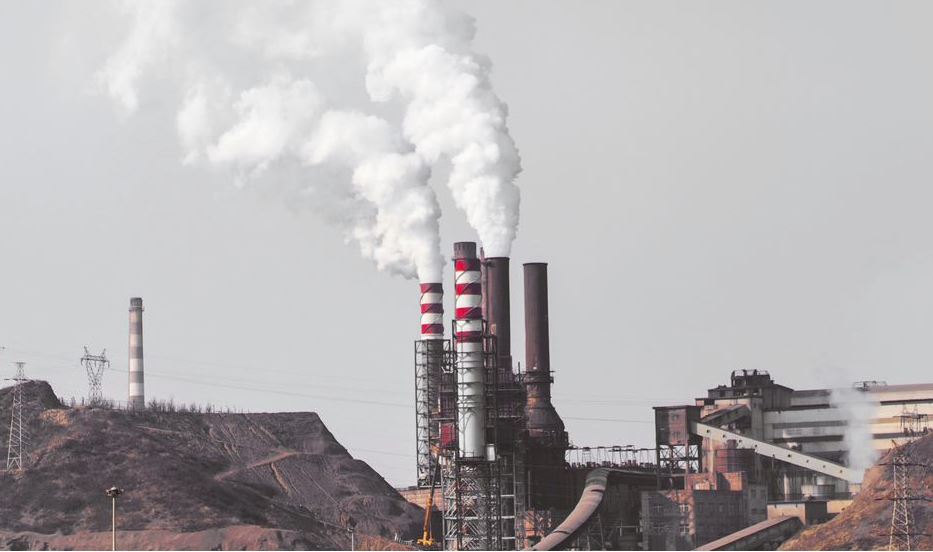Single-Use Plastics: True from False

The Sustainability MAG decided to look for answers to some preconceived ideas about plastics. True or False? Here are 6 answers that may help you sort through the information that surrounds you.

“ Developing countries are the only culprits of plastic pollution ”
FALSE.
The consumption of plastic per capita is strongly linked to GDP, which makes it quite unlikely that developing countries are the main consumers and polluters. In 2015, per capita plastic consumption reached approx. 140kg in North America, whilst the Asian (Japan excluded) and African markets remained below 40kg per inhabitant. Our recycling infrastructures are only effective if all plastic waste is collected, which is not always the case. And that, of course, is without taking into account the major issue of microplastics.

“Bio-sourced plastics, unlike petrochemical ones, do not pollute”
FALSE.
Bio-sourced plastics avoid the use of oil during their production, but the product’s whole lifecycle needs to be analysed to really understand the impact of their manufacturing processes: for example, water pollution during the production of raw materials, such as corn, must be taken into account.

“Compostable plastics and oxo-plastics could solve the pollution problem”
TRUE & FALSE.
Compostable plastics can be an effective solution if they are indeed composted. Unfortunately, they are too often thrown into the bin with your usual plastic waste. They would ideally need to be used in a closed loop to ensure the minimisation of their impact. Oxo-plastics, the biodegradable alternatives, only degrade in very specific conditions rarely present in the natural environment: they tend to decompose into smaller pieces under the effect of light and can be ingested by animals. Worse still, if they are not biosourced, they even act as accelerators for the diffusion of bioplastics.

“Plastic should be banned altogether”
FALSE.
Plastic has revolutionized our lives through its many qualities: its resistance, ease to shape, lightness and low production costs. This material also allowed for great advances in the field of medicine and significantly contributes to the reduction of food waste. To reduce the negative impacts of the latter, it is urgent to review our use of it.

“Babies are born 'pre-polluted'”
TRUE.
As scary as it sounds, babies are born with on average 200 chemicals in their bodies, transmitted through their mother. Among them, one can find several microplastics, but also bisphenol A, known to be cancerous, and which can be found in plastic bottles and food containers. Babies and toddlers are especially vulnerable to this pollution as they spend the first few years of their lives of all fours, on synthetic surfaces rich in microplastics.

“Plastic contributed to global warming”
TRUE.
Thanks to its light weight, plastic packaging optimizes truck and airplane loads, which reduces emissions through the transport of goods. However, plastic contributes to global warming throughout its lifecycle. It is first manufactured from petrol obtained through a very polluting process. The petrochemical sector, always expanding, is already responsible for over a third of all greenhouse gas emissions. According to the International Energy Agency, petrochemistry is the main factor of growth for oil demand. It will account for a third of the demand by 2030, and almost half by 2050. After use, waste is transported and, when possible, recycled, causing further greenhouse emissions. When this waste is not collected but thrown out in nature, they emit methane after prolonged exposition to the sun.
Also to be read in the dossier "Plastic Age":





